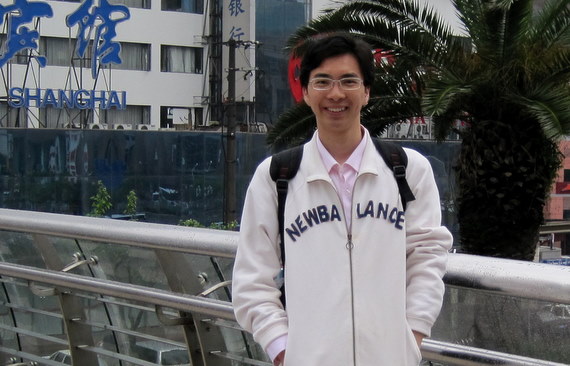
CHINESE ARE known the world over as avid savers and are generally considered to be very upbeat on future prospects given the long string of robust yearly GDP numbers crunched out by Beijing each spring.
But we learn in this latest NextInsight feature on professionals living and working in the booming South China metropolis of Shenzhen that at least one new and highly educated young arrival is far less sanguine than most of his 1.3 billion compatriots.
The seemingly insatiable demand from overseas for Chinese made manufactures has led to the PRC’s rise as a global shipping juggernaut, with the country’s financial center Shanghai overtaking Singapore earlier this year to become the world’s busiest container port.
Meanwhile, Shenzhen is no slouch, and is likely to overtake neighboring Hong Kong as the world’s third busiest container port when all of this year’s numbers are in.
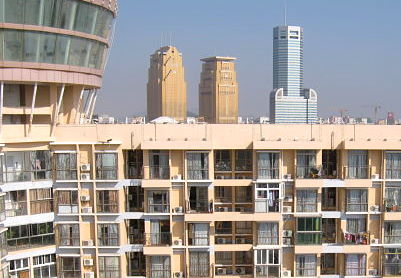
Around 40 global shipping companies call Shenzhen’s port home, and they have in total launched over 131 international container routes.
The city’s long-term plan is to have 20 ports linking it with Hong Kong. With operational ports undergoing expansion and new ports coming on line, the endless flow of goods and people will soon be seamless between Shenzhen and Hong Kong.
Looking to the skies, Shenzhen’s Bao’an International Airport handled nearly 25 million passengers in 2009, making it the fifth busiest in China, and fourth biggest in terms of cargo traffic.
Owing to its being nestled up against Hong Kong and sharing a similar Cantonese culture, Shenzhen was chosen by reformist PRC leader Deng Xiaoping in the late 1970s to become the country’s first — and arguably its most thriving — Special Economic Zone (SEZ).
Since then, foreign nationals have pumped nearly 40 bln usd into the city, mainly in the form of FDI and joint ventures, allowing Shenzhen to reputedly be one of the fastest growing cities in the world today, and also helping the city land the country’s second biggest stock exchange.
This has all allowed Shenzhen to take the highest honor of top annual per capita GDP at 13,590 usd (versus 11,361 usd in Shanghai), and the more dubious honor of most crowded city with 10,106 people per square kilometer.
By comparison, Shanghai and its legendary traffic gridlock has just 2,730 residents per square kilometer!
Meanwhile, Shenzhen’s GDP jumped 10.7% last year, while Shanghai’s couldn't even manage double digit expansion, increasing 8.2% over the same period.
It is no wonder that Shenzhen’s nickname is 鹏城 or “The City of Ambition.”
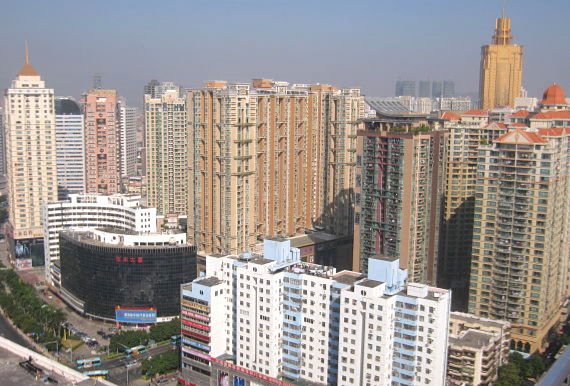
However, it seems that not everyone is bowled over with The City of Ambition’s phenomenal growth story.
I recently met with Mr. Danny Ming, a 20-something seemingly ambitious and optimistic technician who also supplements his income by renting out an apartment.
Mr. Ming is a recent graduate of a university in Nankang, Jiangxi Proviince where he studied pharmaceutical engineering.
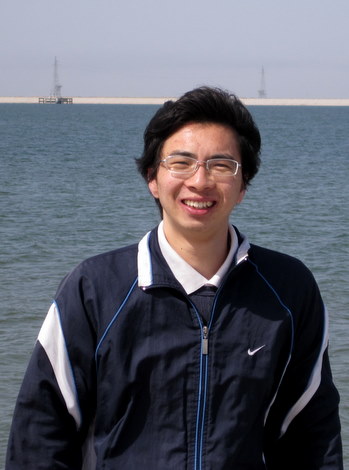
And he is an even more recent arrival to Shenzhen, having only packed his bags and left his native Jiangxi a year ago.
“Like literally millions of others, I came here to work. But I had the advantage of being sent for and not showing up without a job. I can’t imagine how stressful that would be – paying rent while not having an income,” Mr. Ming said in flawless English.
I asked him if he felt satisfied that his years of studying the complex art of medicine-making in university had paid off and he was gainfully employed using those highly technical skills.
“No,” he answered without hesitation.
“I am now working as a welding NDT (non-destructive testing) project inspector which has nothing to do with pharmaceuticals,” he said.
He said that the other hat that he wears – landlord – is more a hobby than a serious undertaking, just intended to supplement his income.
“I am not really interested in being a full-time landlord at all, I just rent out an apartment.”
He said that his lack of knowledge regarding the seemingly constantly altered property regulations targeting Shenzhen and how these rules differed from those in places like Shanghai and Beijing was testimony to the fact that real estate management was not in his blood.
“It’s hard to say the difference, and I have no idea. I am sorry to say I am not at all familiar with those measures.”
But did this lack of interest in real estate development mean he was not putting any of his hard-earned money as a welding inspector into listed firms like Cheung Kong, Henderson Land, Gemdale, China Vanke and Wheelock?
“Correct. I am afraid I am not interested in real estate investment,” Mr. Ming said.
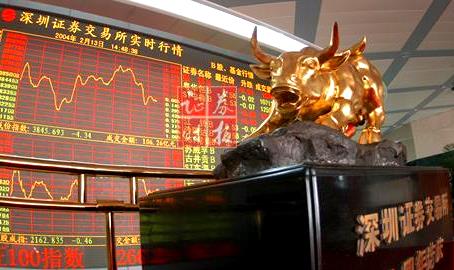
So where did he put his money?
A savings account? After all, the Chinese save a higher percentage of their steadily growing incomes than any other major economy in the world.
Or did he invest in higher risk/higher yield options like the Hong Kong Stock Exchange, or A shares?
“No, just in two funds. But they have given me very poor performance after a year already,” he lamented.
So with his outlook on his investing future becoming progressively dour, I decided to ask him where he thought Shenzhen’s economy – and especially its residential and commercial property markets – would be next year and beyond.
His reply was surprising as I had usually found young educated people in Shenzhen to be some of the most upbeat go-getters on the planet.
After all, some estimates say that 20% of China’s PhDs are working and living here in Shenzhen!
“No, I don’t think there is much more steam left in Shenzhen’s economy, and notably the property sector. That is because so very few young people can afford to buy homes or apartments and in my opinion, the middle class here is actually shrinking.
“So the real estate market here is doomed to collapse,” he said.

See previous portraits of Shenzhen pros:
SHENZHEN GIRL: Loses, Finds Self In Myanmar
SHENZHEN EXPAT: Briton Walking On The Wild Side
SHENZHEN IT Employee 'In It For The Money'







